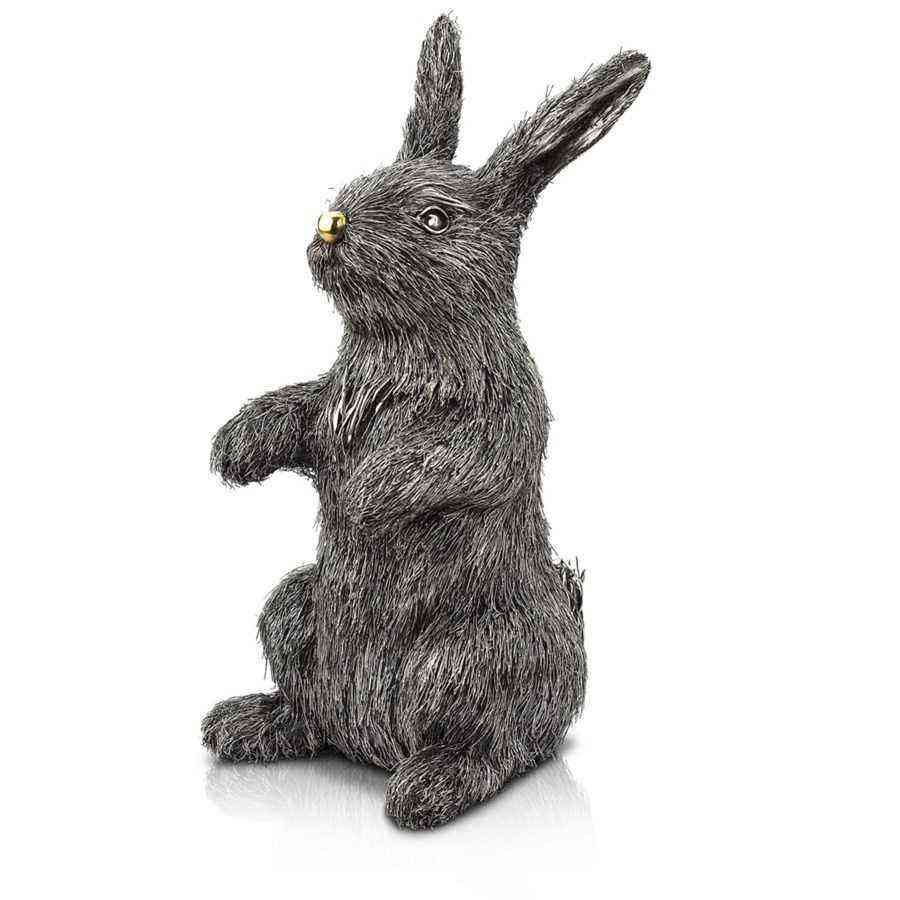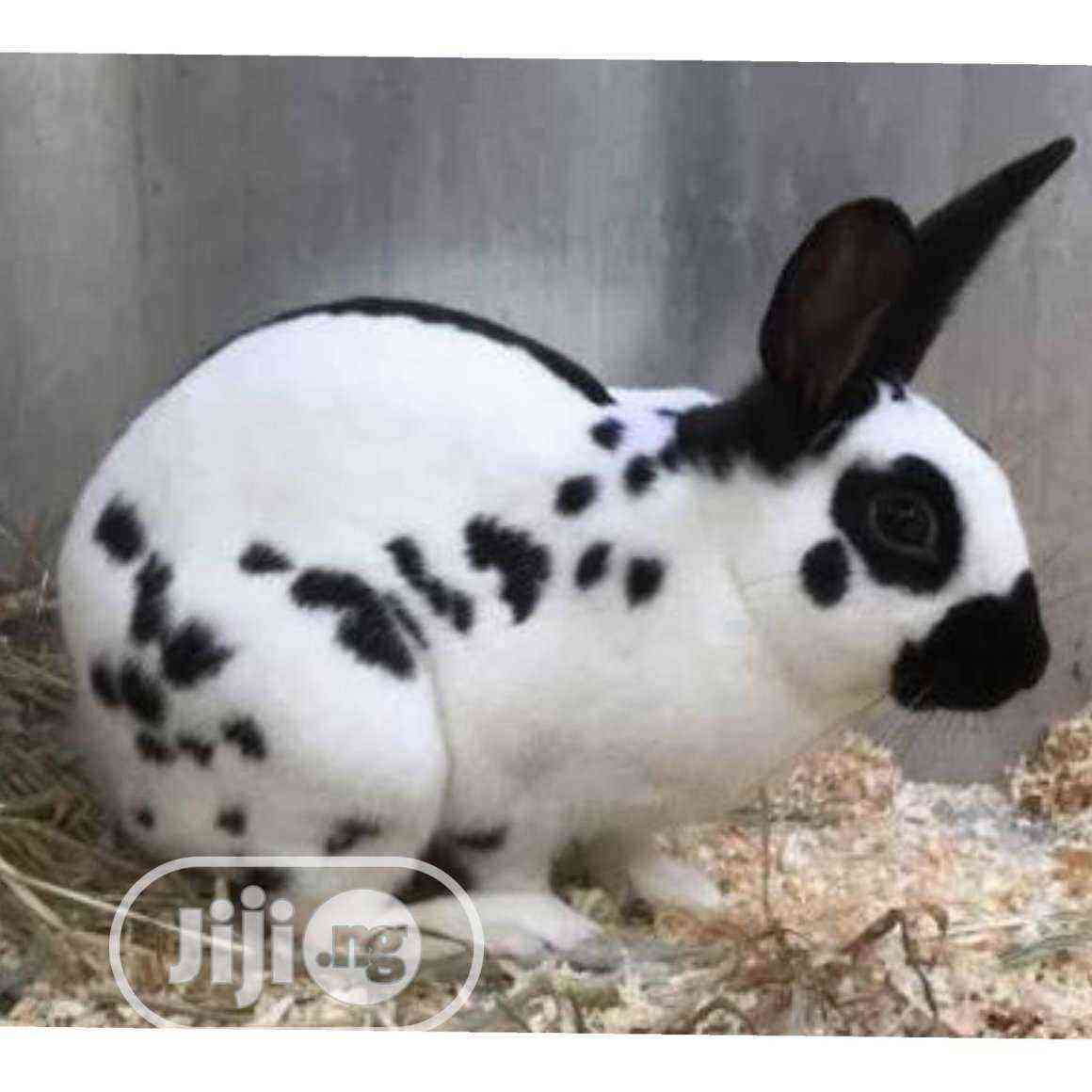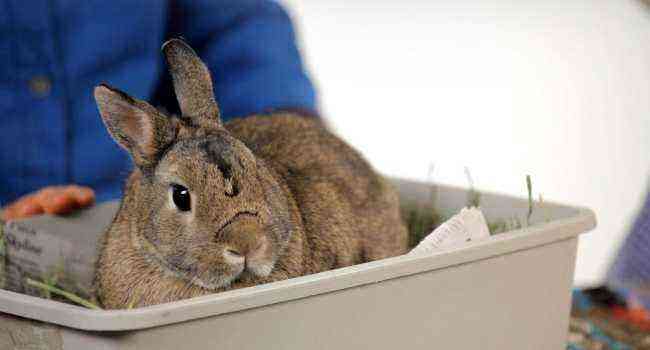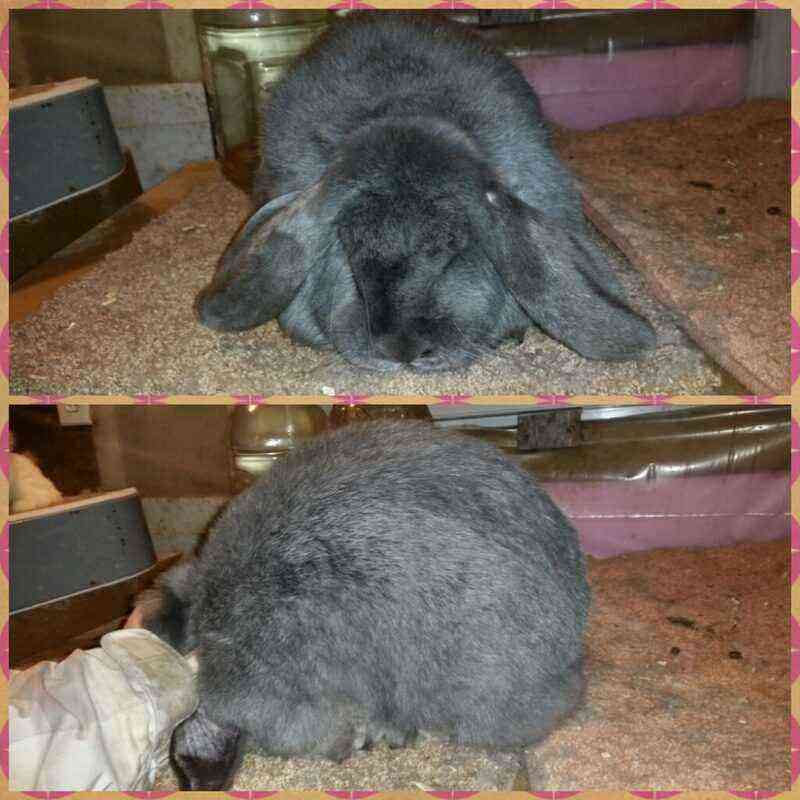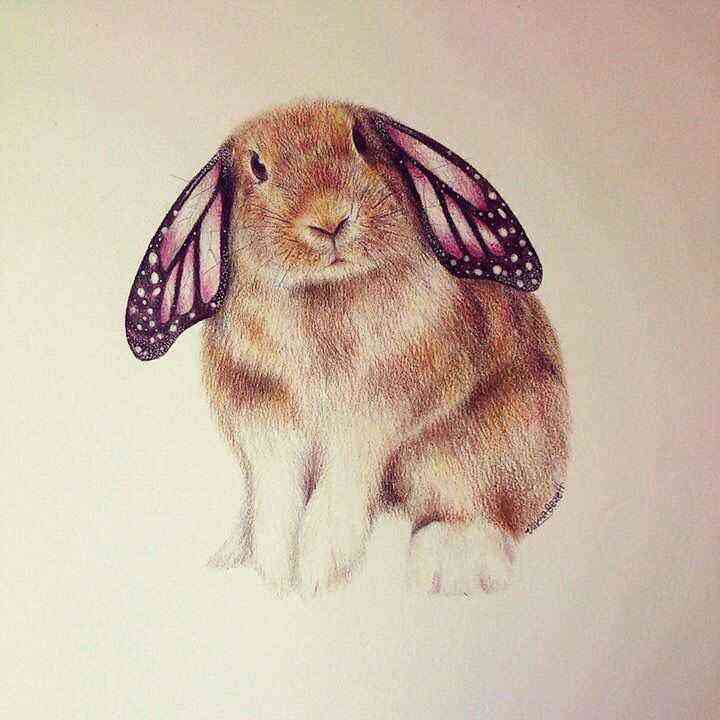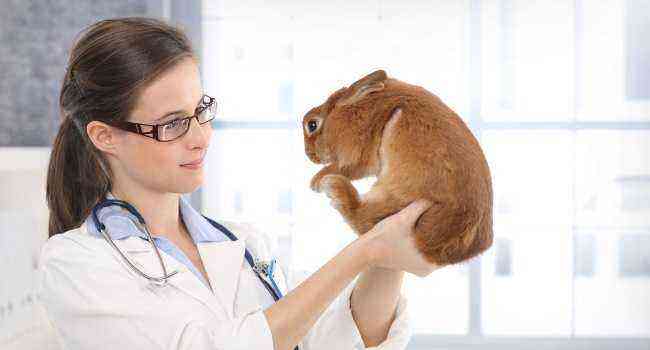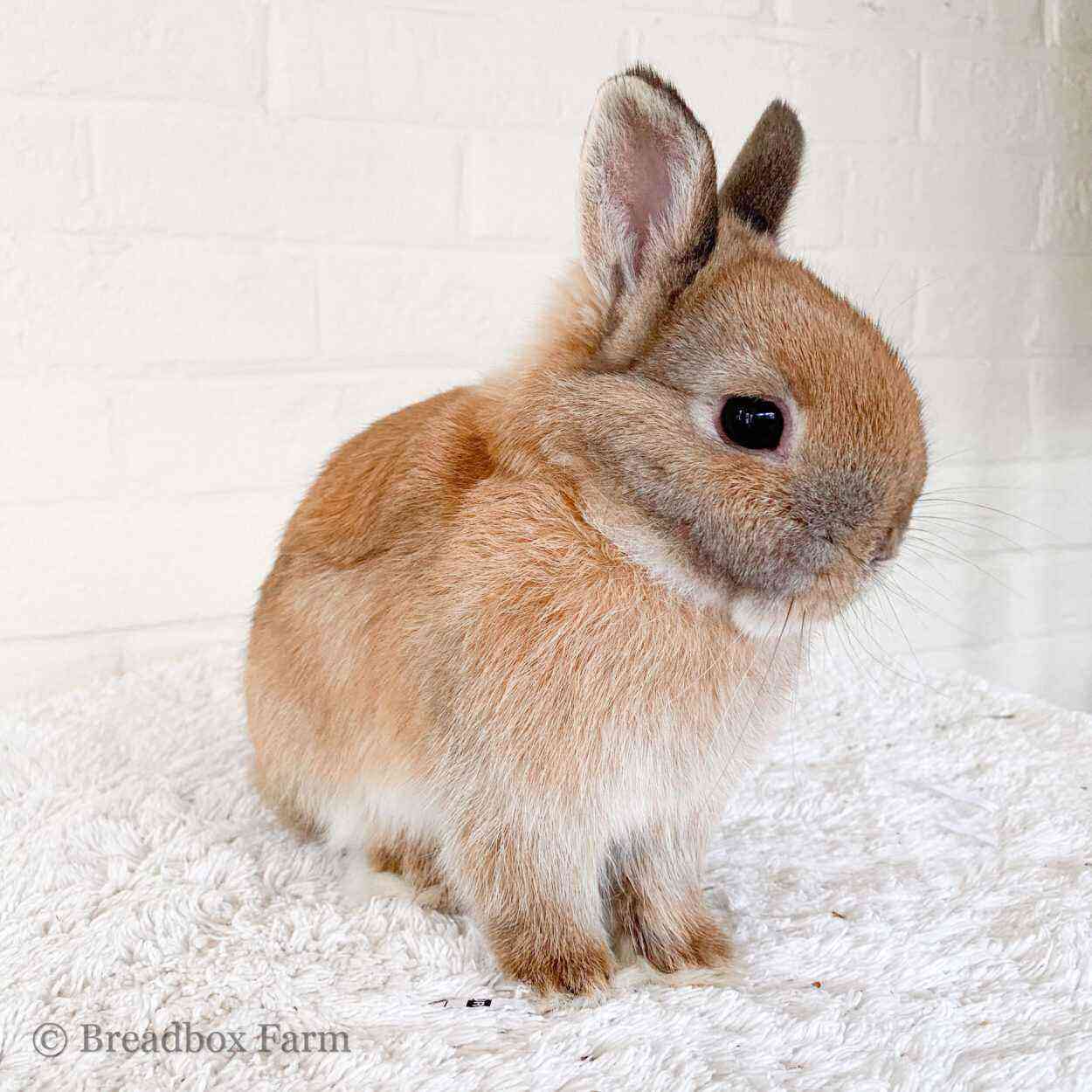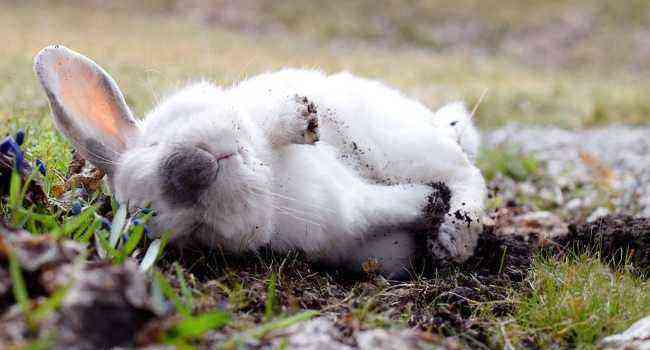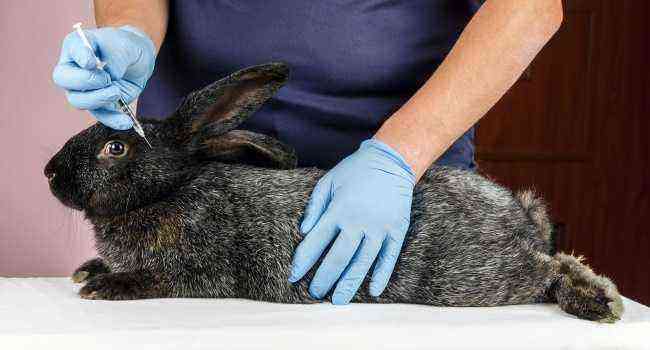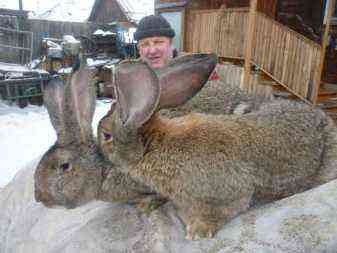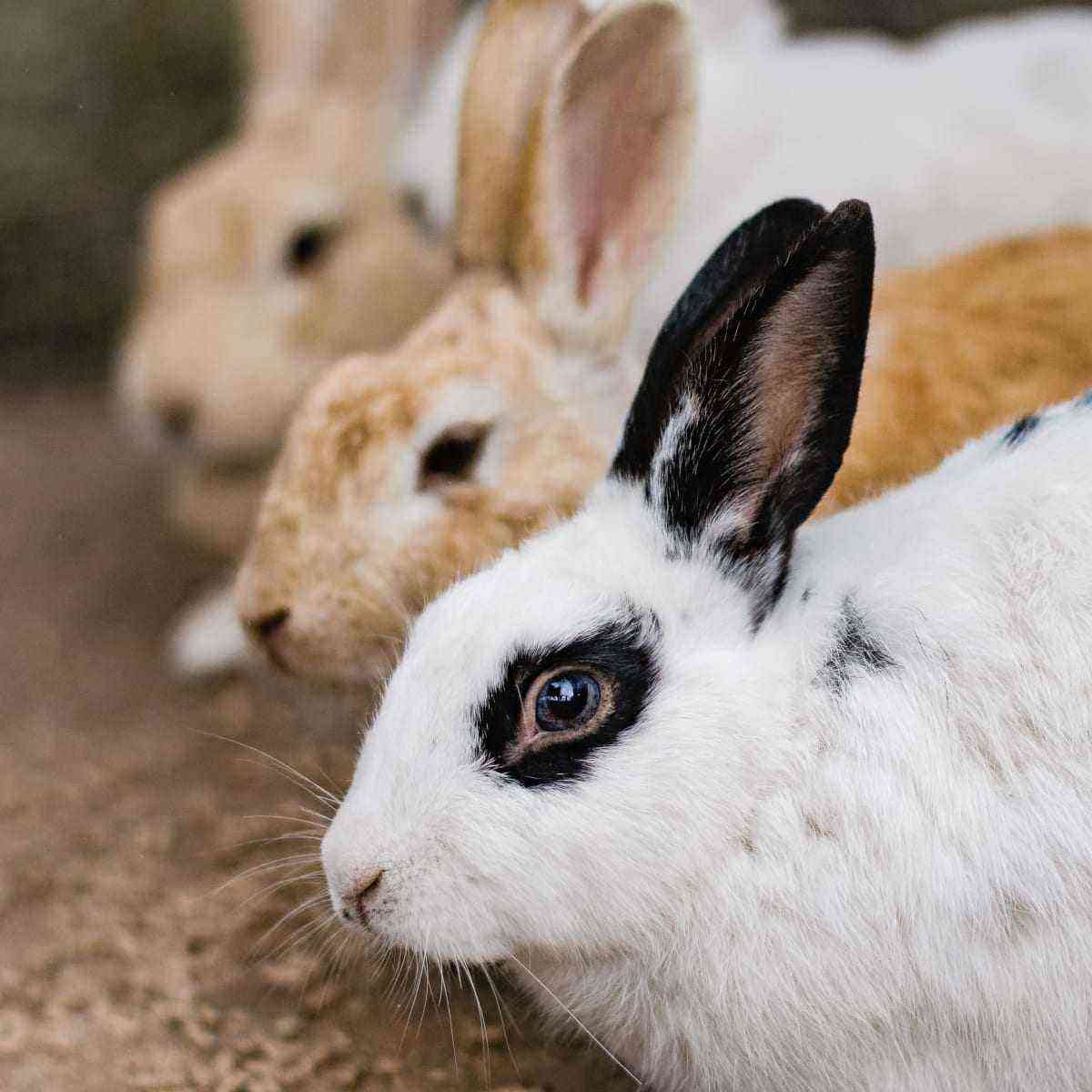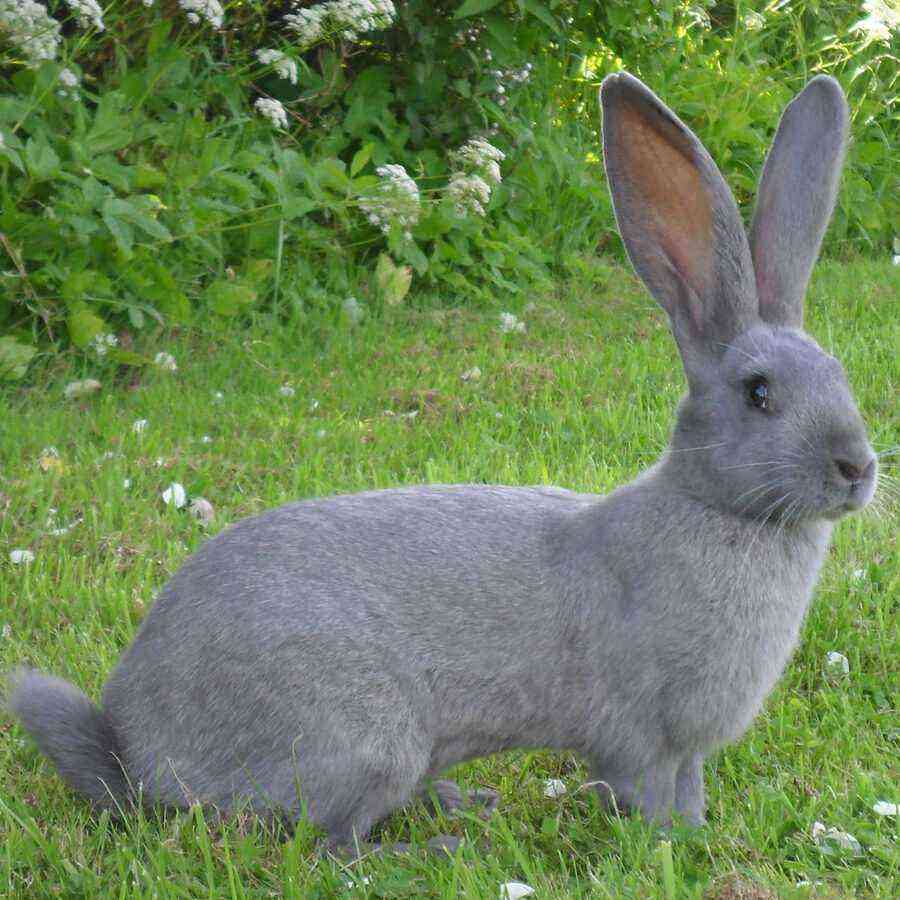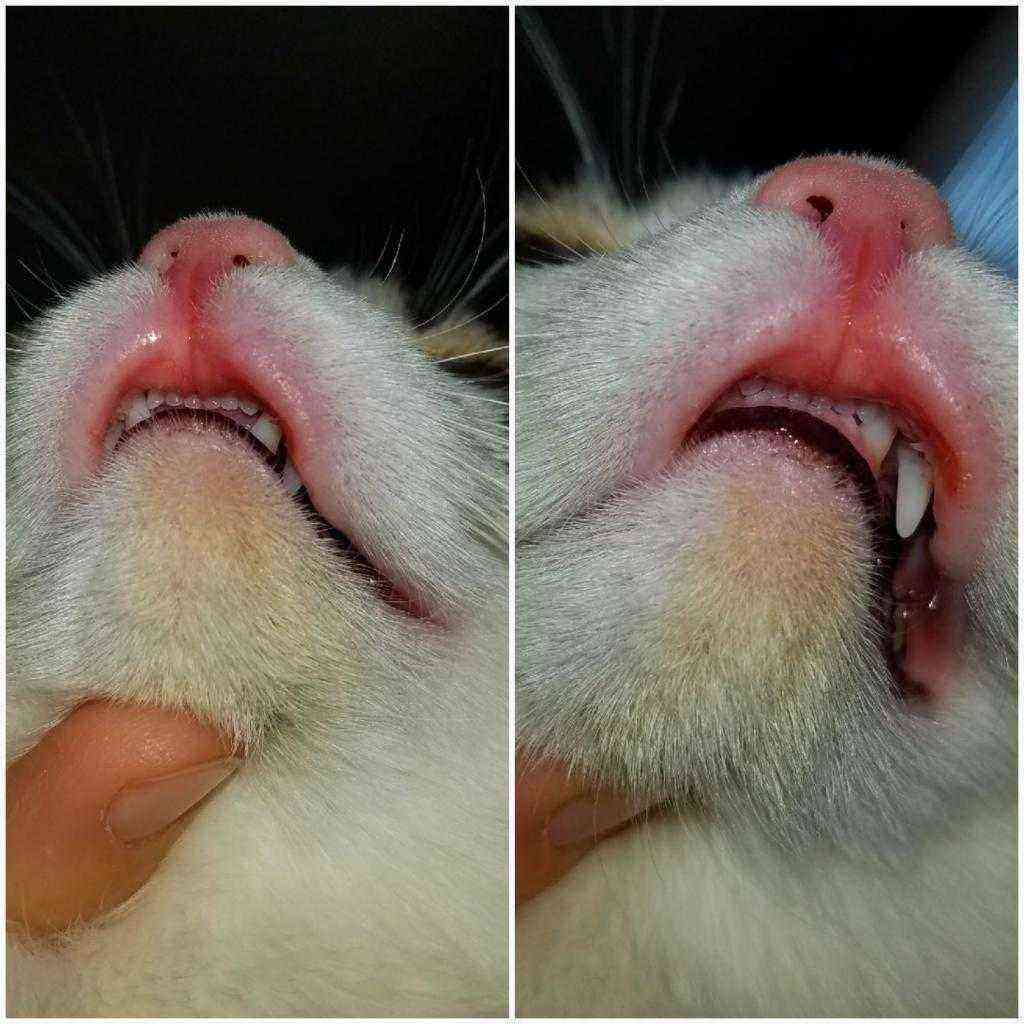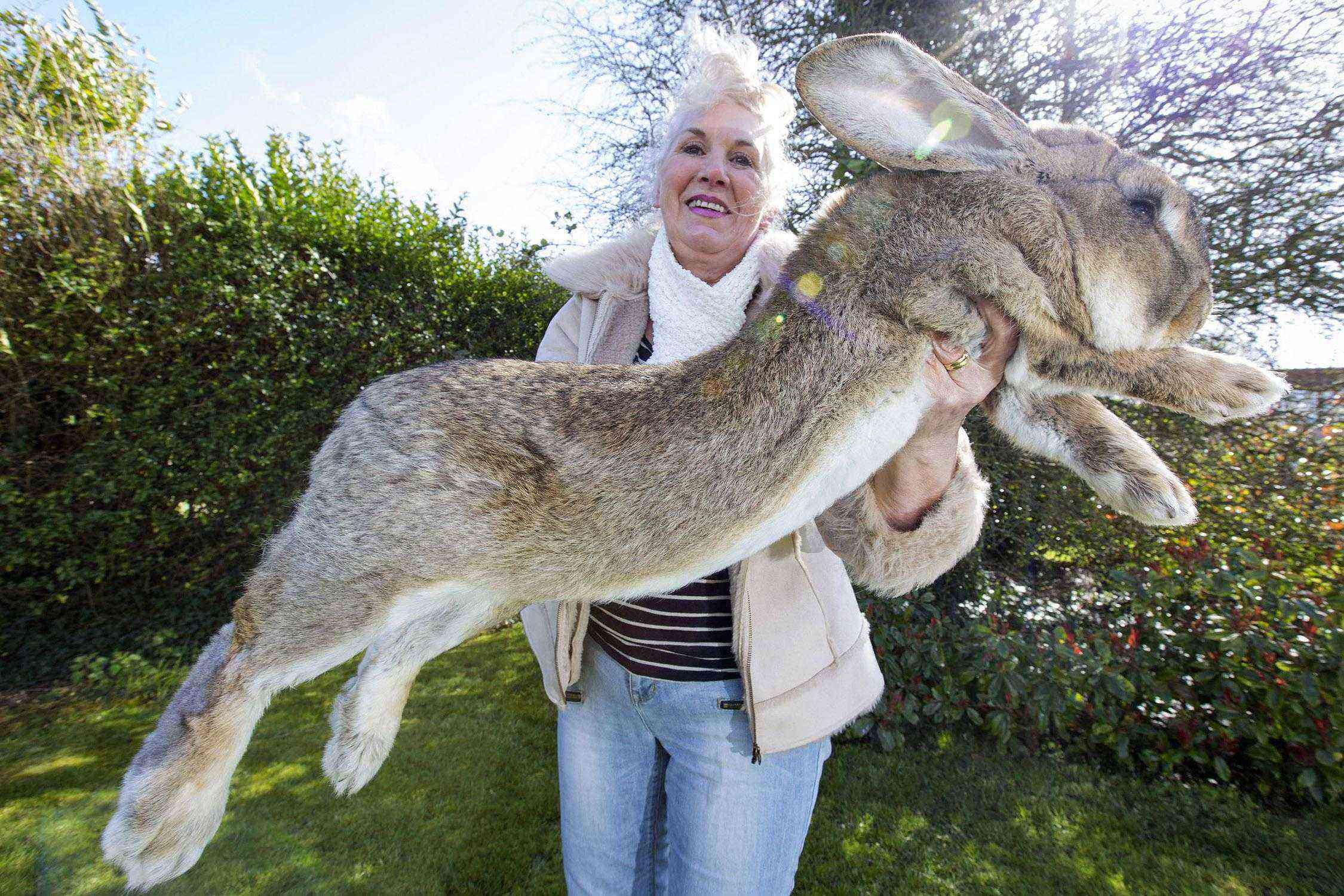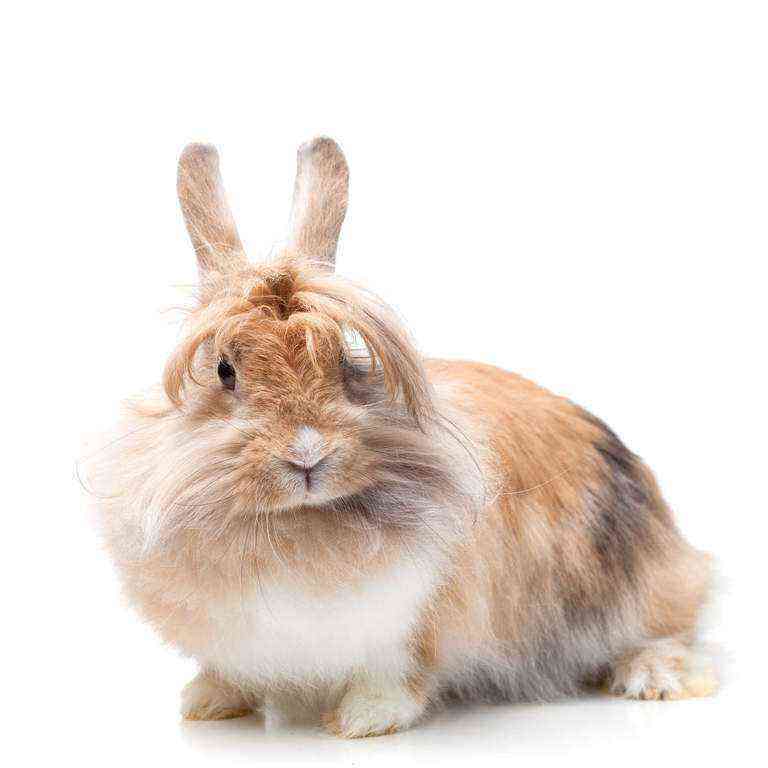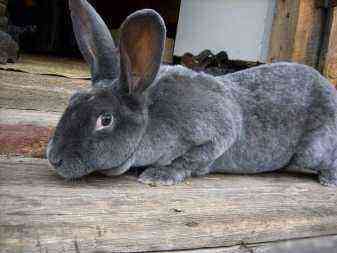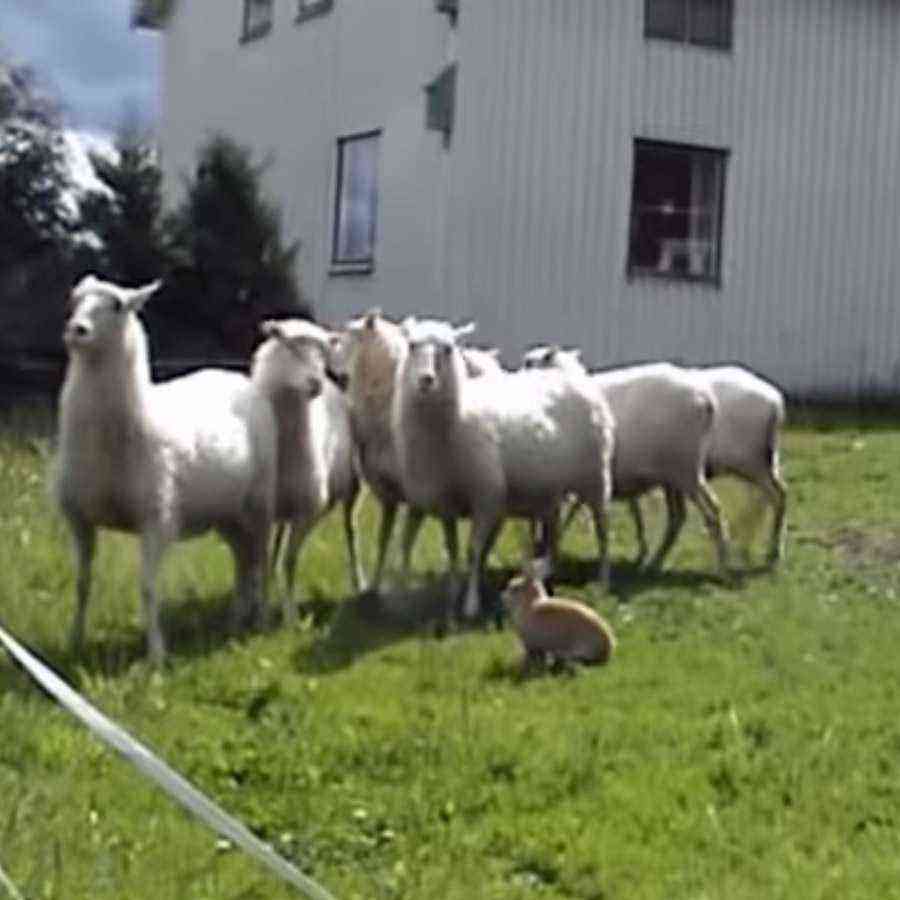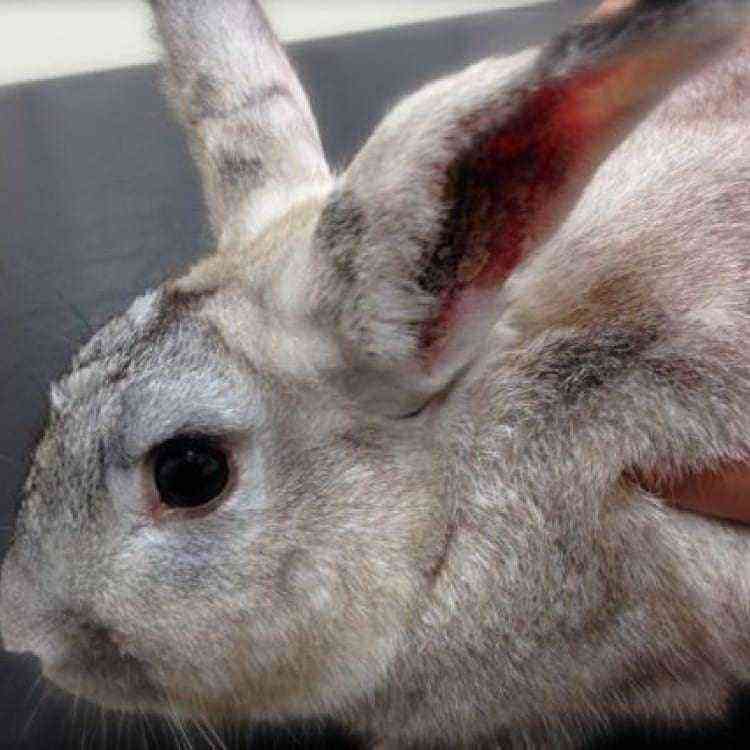Californian rabbits have an unusually high popularity. Growing individuals is considered a promising area that can bring a good income. Animals adapt well to various conditions, resulting in high-quality meat and fur.
Description
The characteristic of Californian rabbits is made up of the genes of several types of progenitors that were used by breeders. The work involved Soviet chinchillas, Russian ermine rabbits, and the New Zealand white species became the basis. The taken progenitors were crossed among themselves for several years – as a result, they received an exclusive that combines the best characteristics of individuals. The resulting rabbits were distinguished by high-quality fur, high precocity.
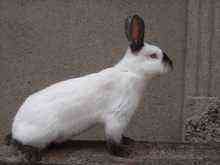
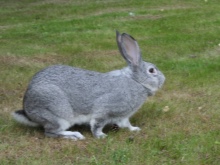
Due to its rapid growth, the breed is often chosen for meat, it is also considered a broiler. Three-month-old females are allowed for mating, but the recommended age is 5 months. The animals are often kept as pets, in good conditions they live up to 10 years.
The Californian rabbit is valued for its calm and inquisitive nature. At the same time, in an unfamiliar environment, the animals test their curiosity; unlike other species, they are practically not subject to stress.
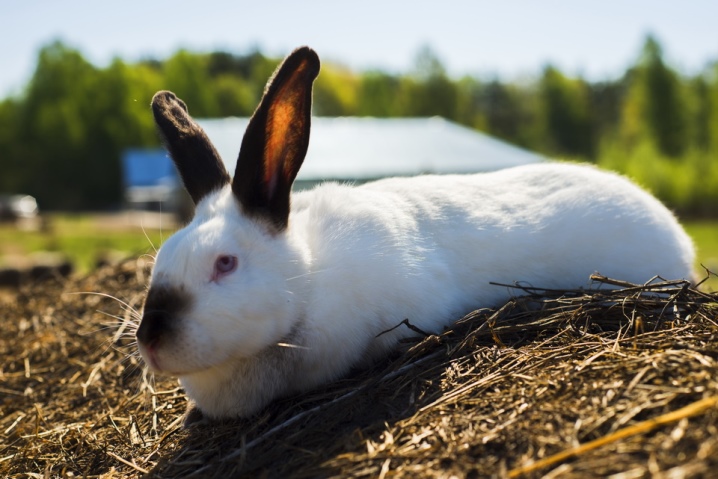
Owners of domestic rabbits note the high intelligence of their white fluffies.
Appearance
The main distinguishing characteristic of Californian rabbits is the white color of the skin, they only have black ears, paws, and a tail. At the same time, black parts have brightly defined smooth edges. Another obligatory distinguishing feature is the bright red color of the eyes. It looks like a popular subspecies called “butterfly”. A distinctive feature of the latter is dark blue eyes, and a spot on the nose of the “butterflies” outwardly resembles an insect with open wings, which is why the subspecies is called that.
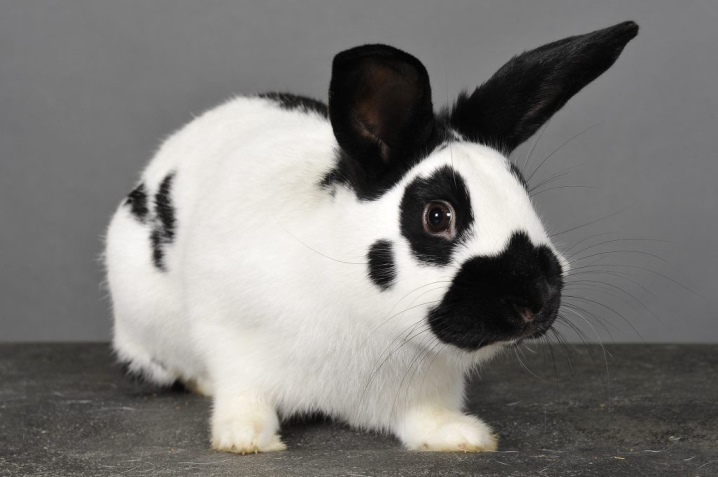
It is noteworthy that the young Californian rabbits look normal, without pronounced breed characteristics. Spotting is not yet manifested, and the color is more often lilac-bluish. The main indicator of Californians is good growth activity. Although they are not giants – their weight reaches five kg – they gain it after two months of life..
The constitution of individuals is strong, and the tendency to disease is average. Breed features include short legs and a small head.
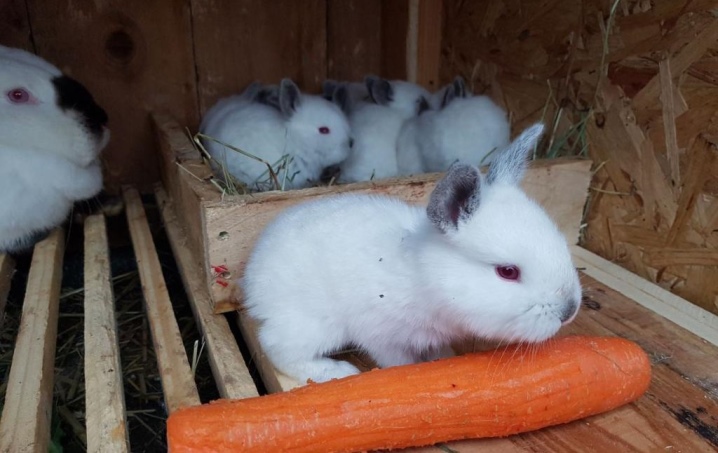
Compliance with conformation standards is important to select the best individual from the subspecies.
If a discoloration or inelastic sparse fur is observed, this is considered a culling. Too small or fat individuals, with drooping long ears, are also considered illiquid. Standard ears for purebred Californians should not exceed 10 cm, and they stand erect.
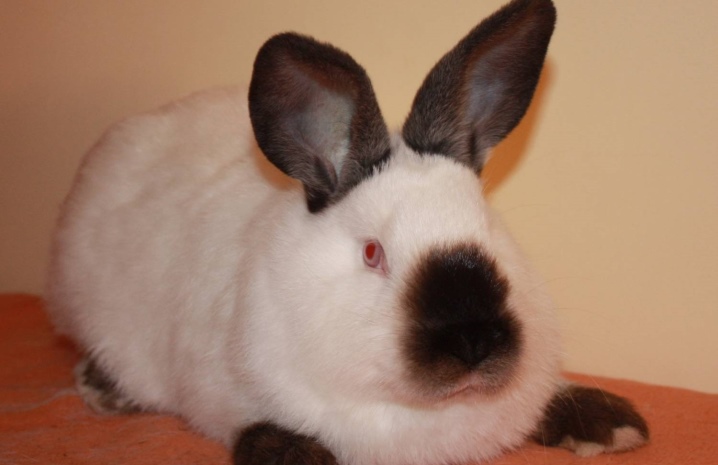
Character and habits
These features are individual for each animal. It is impossible to determine in advance what the purchased young growth will be like when it grows up. The main characteristic feature of the behavior of all subspecies is to gnaw. This can become a negative property when kept at home, since individuals often damage wires, wallpaper, and other household items indoors.
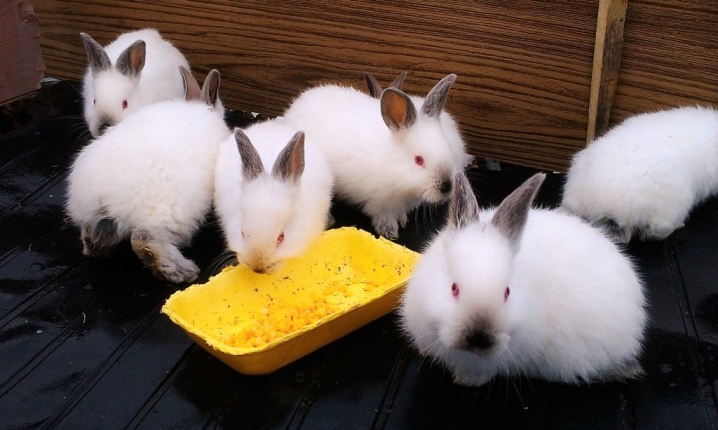
Individuals are mostly independent, rarely go into the hands of a person, but decorative pets get used to and even like to be in society. Individuals will definitely not accept intrusive attention, so you should not constantly try to catch the animal.
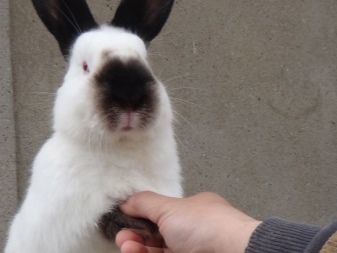
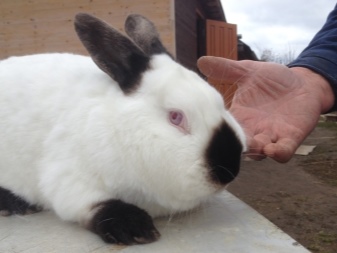
According to the owners, rabbits are characterized by touchiness, especially if you hurt the animal: stepped on, inadvertently injured. Ignore can be expressed by complete rejection of a person, as well as a marked territory (they will write on things, a bed).
Animals begin to mark their territory by the period of puberty. In this way, they try to attract individuals of the opposite sex. If breeding is not included in the plans, Domestic rabbits are best castrated or spayed.

How many live?
The lifespan of a particular rabbit depends on the conditions of its maintenance. Nutrition and susceptibility to various diseases are considered important. The average lifespan of commercial quality specimens is 5–6 years. Pets live twice as long. The following interrelated factors have a particular impact on life expectancy:
- heredity;
- timely care;
- immunity;
- microclimate;
- freedom;
- psychological stress resistance.
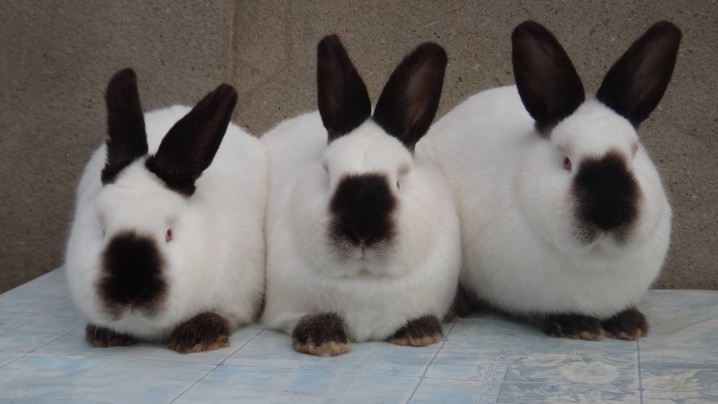
Rabbits are highly sensitive and die even from mild pathologies.. An abnormally lethargic state can tell about the illness of an animal. With mild symptoms, primary preventive measures can also save.
It is advisable to find out about the best measures from a veterinarian, after consulting by phone or in person.
How does weight change?
The tiny California rabbit is born weighing only 45 grams. Under the condition of high-quality feeding, in a couple of months of life, he gains about 4 kg of weight. By the age of one month, it can weigh about 2-3 kg, and this is enough for slaughter.
Keeping industrial Californians for longer than 2-3 months does not make sense, since further growth will be slow, and feed consumption will be large. Based on the mass grown, the specific feed consumption increases. With the timely slaughter of an animal, a farmer can get about 80% of meat and only 2% of fat.
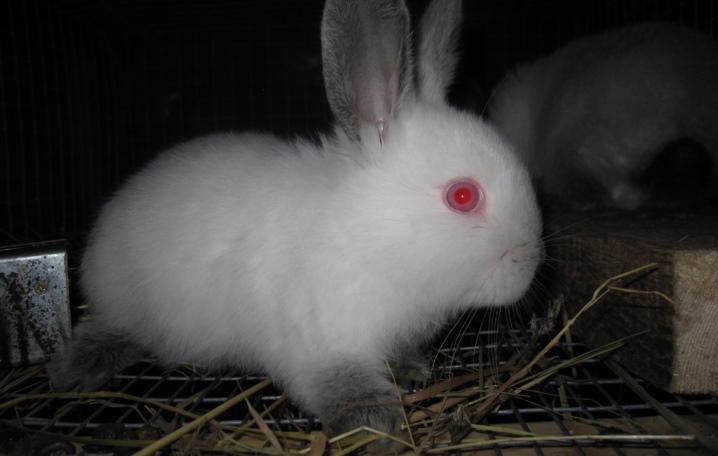
Pedigree individuals rarely fatten longer, but this is necessary to organize high-quality mating. Growing individuals is impossible without following the rules of the process. By this period, rabbits weigh up to 7 kg, and it is this standard that allows mating to be organized.
The official table for growing meat individuals stops at this period, and further fattening does not make sense at all. The state of meat and fat is changing towards the latter, the indicators of breeding benefits are falling.
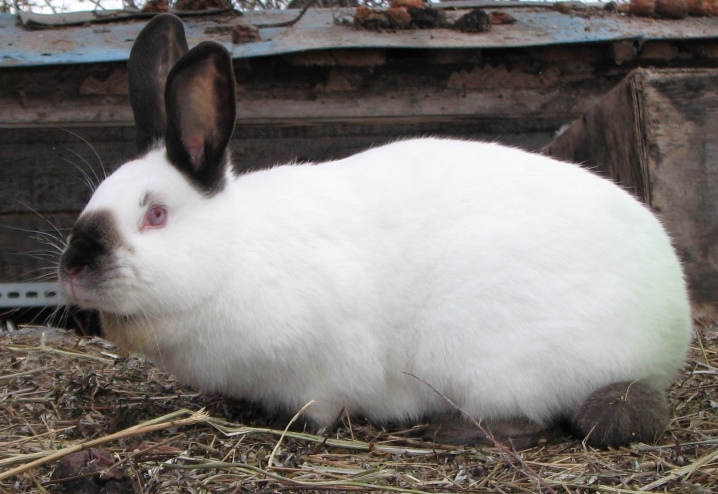
Productivity
The productive qualities of Californian rabbits are quite high. The meat has good taste characteristics: it is tender, soft, lean. Experts determine the density index equal to 64% – it is considered a good indicator.
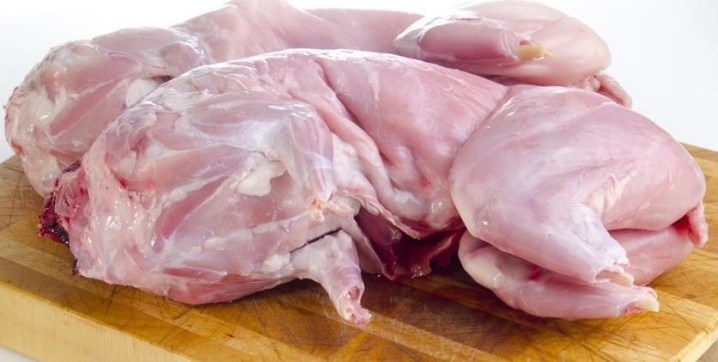
The positive properties of productivity are:
- fast growth;
- economy;
- low cost for breeding;
- good maternal instincts of rabbits;
- beautiful fur color;
- friendly disposition.
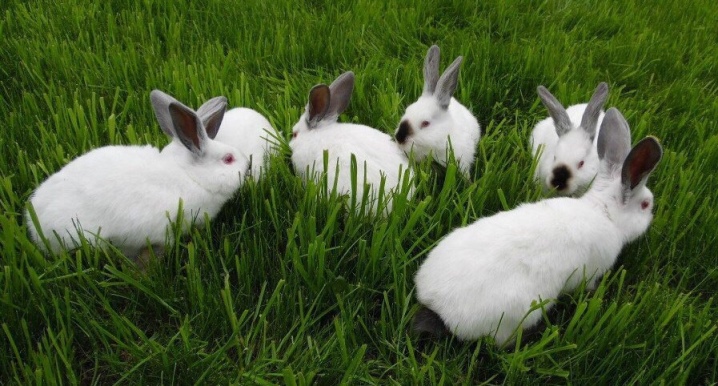
Among the negative shortcomings of productivity, the owners note:
- small number of offspring;
- small maximum weight.
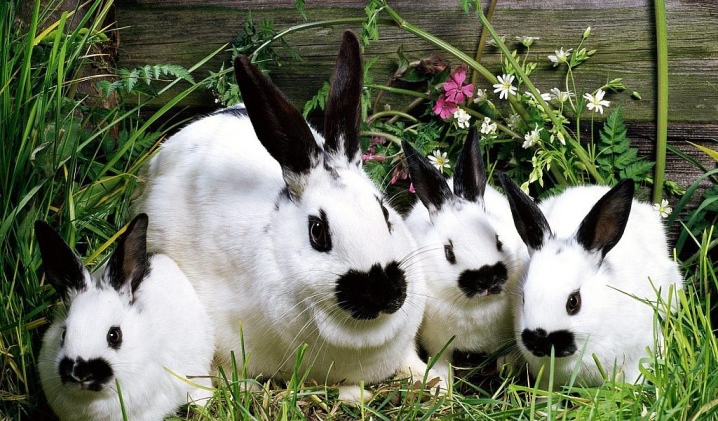
Selection Tips for Beginners
California rabbits have held the lead in popularity, especially in recent years. They are really worthy of attention, especially for those breeders who are confident in the profitability of the meat business. For the success of the event, it is necessary to take into account the basic needs of any subspecies of fluffies.
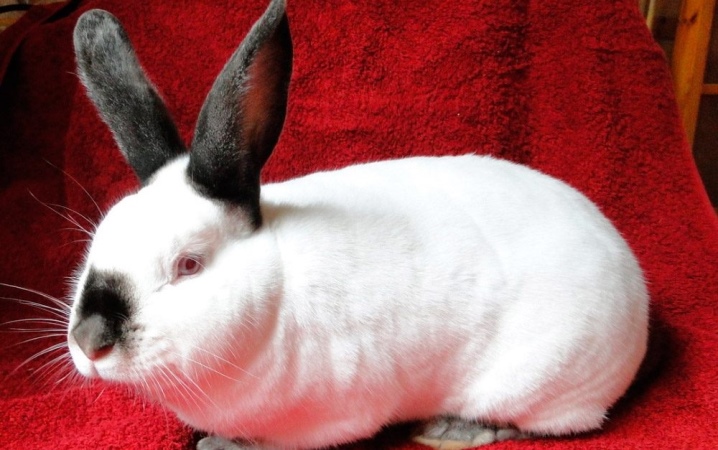
In order for an individual to be able to really adequately represent his caste, you need to approach the choice of the first pet with particular care.
Californians are well adapted to any conditions of detention, but breed characteristics should be taken into account when breeding.. Professionals advise buying individuals from trusted breeders, for example, at fairs or other social events. In public, it is more convenient to check the external parameters of individuals for compliance with standards. If there is a deformation of the spine or paws, malocclusion or cloudy eyes, as well as lethargy in behavior, you should refuse to buy.
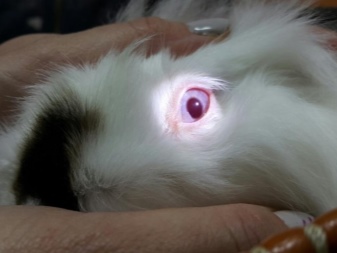
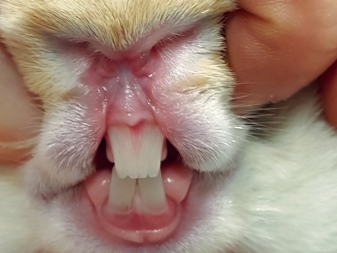
Most novice farmers pay attention to the giant subspecies, considering them more profitable for breeding.
However, large meat breeds have many disadvantages:
- the sexual maturity of giants occurs only at the age of six months;
- individuals require disproportionately large cells;
- nutrition should be special, since the lack of certain components leads to obesity;
- due to the large weight, the paws are deformed in individuals, which complicates the care of the skin;
- a female of great weight can destroy offspring, and the fertilization of such individuals is worse.

Features of the content
Breeding rabbits is not at all troublesome if you follow the basic rules for keeping individuals. A novice farmer should be aware of the typical mistakes of farmers who prefer:
- put cages on the street;
- make dwellings iron, believing that rabbits will gnaw through wooden flooring.
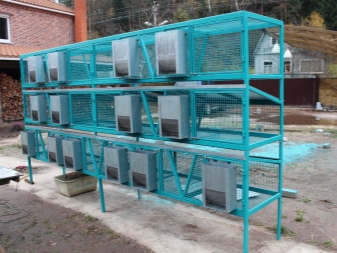

To eliminate errors, we will analyze in more detail the main nuances.
Hygiene
Hygiene standards require the use of a special filler. Proper care involves the obligatory constant maintenance of cleanliness in the cells, and the filler contributes to better conditions. A good bedding will retain odor, let through and absorb moisture. Compliance with hygiene in the cage is one of the important rules.
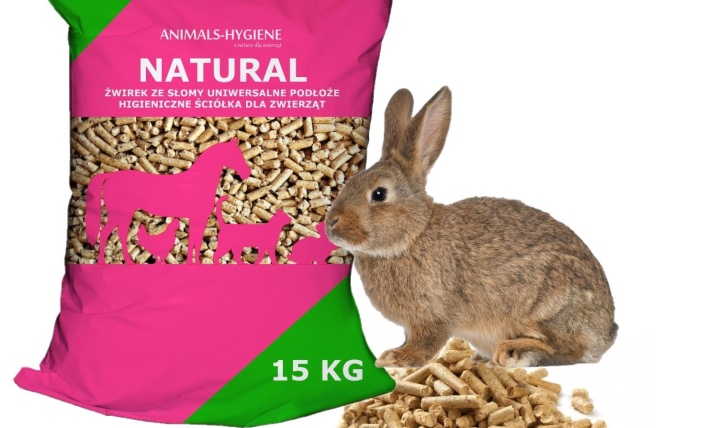
Taking care of your pet is of the utmost importance. The skin, ears, nails, coat and eyes should be examined periodically. A weekly inspection will help to fix the problem in a timely manner.
For rabbit hair, natural brushes are desirable. They are needed for periodic combing of fur. It will be thick, beautiful, deep noble shade. When combing, the condition of the skin is monitored, which should be clean and smooth, without acne and scabs. Their appearance may indicate malfunctions in the body of the animal. The cause of failures can be stress, imbalance in nutrition.

Food
The diet must be necessarily balanced, since it is he who determines the productivity of individuals. Food for Californians is chosen according to the time of year. Fattening is also related to the age of the pets.
For example, it is better to feed young animals with substances enriched with proteins. Accelerated growth rates will be observed in pets that consume meat or fish meal, proteins, milk. Of the classic feeds, root crops, twigs, hay, crackers, water are required. It must be fresh, and even warmed up in winter.
In the heat, the amount of drinking should be increased.
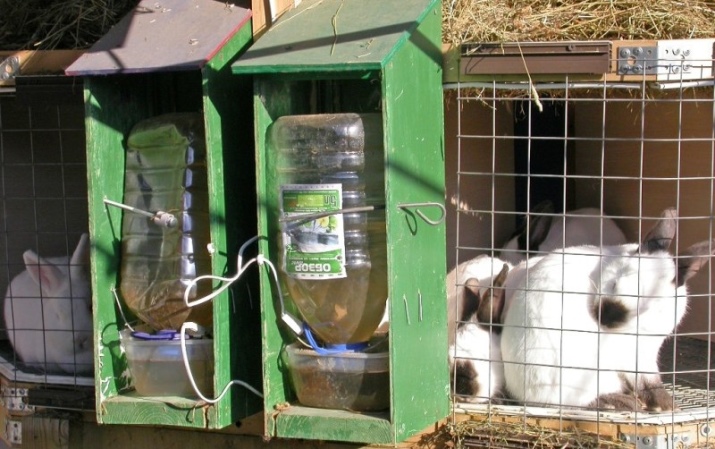




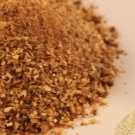
Depending on the age of the rabbits, food should be provided two to five times a day. The greatest number of feedings is provided for young animals. Adults can be fed less often.
How to furnish housing?
Californians adapt well to any conditions of detention, so cages and pits are optimal for them. It is important to consider that for one individual, at least 0,3 sq. meters of space. For a pregnant individual, an increase in area to 0,4 square meters is provided. meters and a special mother liquor is being set up. Experts advise separating individuals by age with cell content.
In this way, it is easier to carry out care, observing the features of the diet. The size of the cage should be sufficient for the movement of the rabbit. Individuals tend to share spaces for sleeping, eating and toileting.
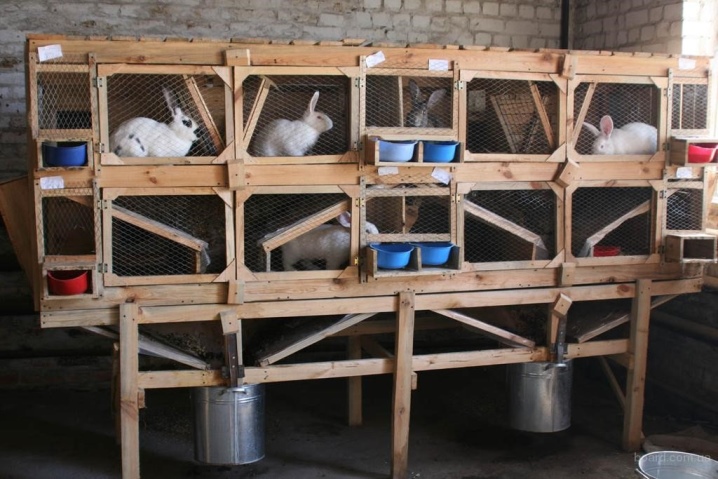
The arrangement of the pit is considered a simple task that does not require labor. The conditions in the pit are as close to natural as possible, so the rabbits reproduce better and gain weight well. Steps to set up a rabbit pit:
- preparation of a pit 2 * 2 meters, 1 meter deep;
- strengthening the walls with improvised materials: slate, iron, concrete;
- the bottom remains earthen, as rabbits need holes;
- a fence is mounted around the perimeter of the pit;
- a transparent lid with a hatch for transferring food is provided on top.
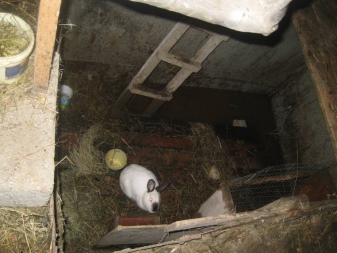

In an earthen pit, individuals settle themselves – they only need timely food and care for proper reproduction. Closely related mating often leads to degeneration. To prevent such relationships, it is desirable to catch young males, planting other individuals instead. This work should be organized with each new generation of one manufacturer.
To simplify the task, it is desirable to equip a separate mother liquor. The size of the mother liquor is determined by the parameters of the materials available, for example, a small cardboard box 40 * 50 cm is suitable. There should be soft bedding and warmth inside. To maintain the temperature, the box is divided into two zones, one of which contains the rabbits, and the female is placed in the other. To move it to the children, you need to provide a hole.

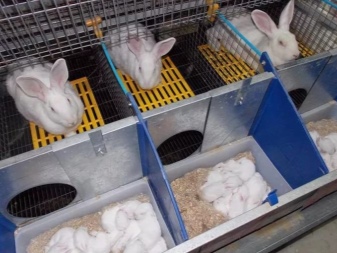
Diseases, their prevention and treatment
Rabbits have an increased sensitivity to infectious diseases, so it is important to follow the preventive vaccination regimen. Without them, approximately 10-20 percent of the livestock are culled.

Myxomatosis – one of the dangerous diseases, due to which 90% of the livestock die. The epidemic manifests itself in spring and autumn, mosquitoes are considered peddlers. The main signs of the disease:
- tears, pus from the eyes;
- hard breath;
- nasal discharge;
- lethargy;
- refusal of food;
- ear drooping.

The diseased individual dies, and infection can only be prevented by vaccination, which is carried out at the following times:
- 28 days from birth – 1,0 cubic meters, intramuscularly;
- 4 months – 1,0 cubic meters, intramuscularly;
- then injections are made every six months.

The viral hemorrhagic disease of rabbits is transmitted very quickly. The lethal outcome of the livestock occurs within three days, and the symptoms are almost invisible. The disease is considered especially dangerous, and experts even recommend burning cages and equipment that was used for sick animals.
The vaccine against this disease is called VGBK, it is given in the following terms:
- 1,5 months – 0,5 cube, intramuscularly;
- 4,5 months – 0,5 cubic meters, intramuscularly.
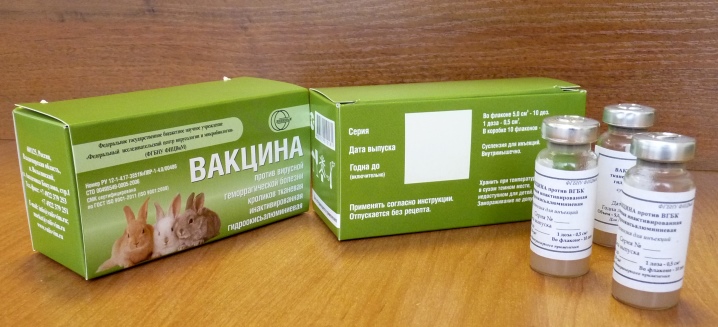
Rabbits are very vulnerable. The main salvation from most diseases is regular disinfection of cells and proper care.
Breeding
Breeding Californians begins with a careful selection of male and female for further mating. Fertilization is possible already at the age of five months, when sexual maturity sets in, and most importantly, at this stage, the good health of individuals. Particular attention should be paid to the female selected for crossing. It should be characterized by good motor activity, correct physique. Individuals that are too large or too small are not suitable for a herd.
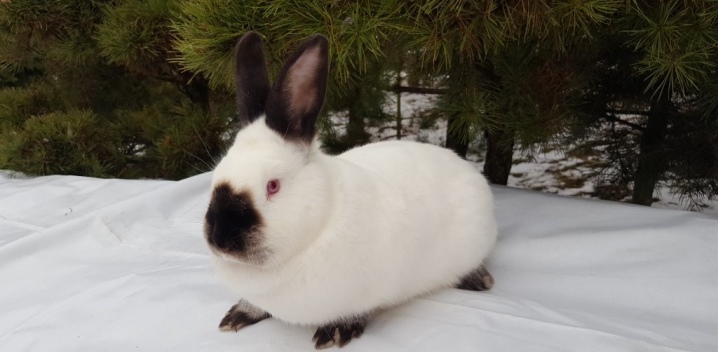
To quickly breed a herd at home, you need to take into account the optimal number of animals. For one male, you can choose up to five females. The pregnancy of rabbits lasts about two months, so there can be up to five births a year. Difficulties with breeding are complicated by the fact that it is unlikely that it will be possible to accurately determine the age of the selected pets, and visually it is only possible to subdivide individuals into young and adult individuals.
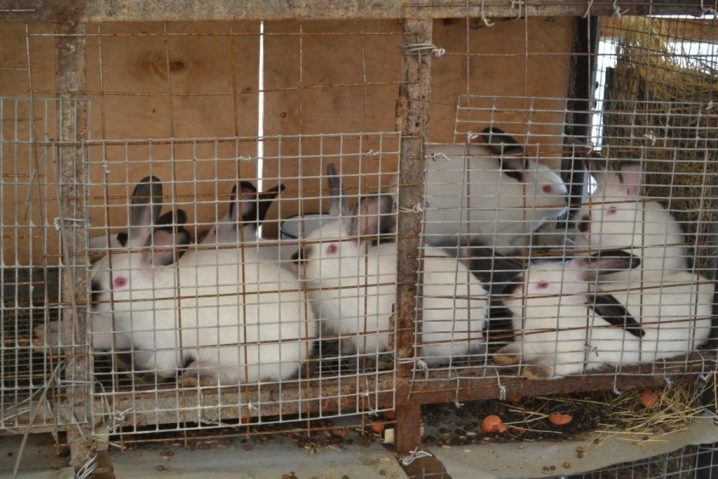
It is customary to refer rabbits under the age of 9 months to the group of young animals. An adult is a 4–5 year old rabbit. If the animal is older, it is an old individual. In this case, there are no specific signs and characteristics. Indirect criteria can be:
- activity;
- external features;
- physical condition of the paws.
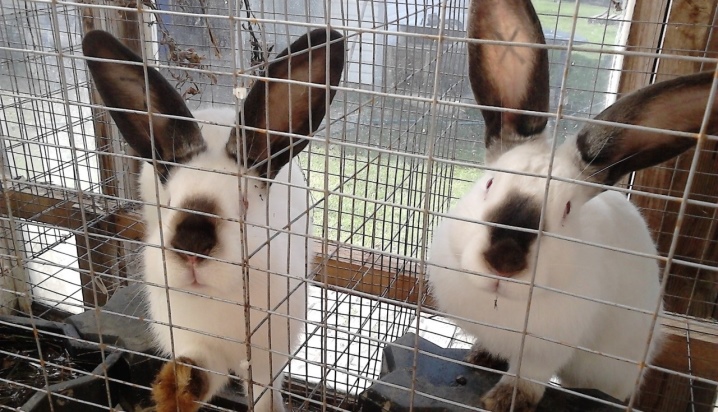
Young animals 4-5 weeks old are small and continue to grow until the age of nine months. Interest in the opposite sex appears at the age of 4-6 months. Older rabbits begin to lose weight, and during the day they either sleep or eat.
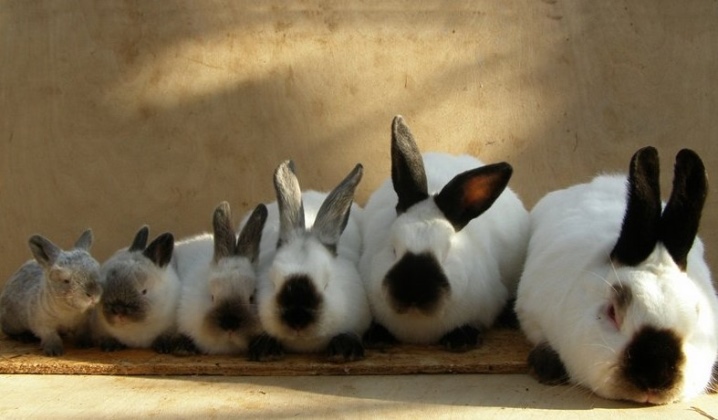
The environment is not interested in the animal, as with age, his hearing and vision decrease.
Owner feedback
The rabbit of the Californian breed is positively evaluated by farmers according to such parameters as:
- easy care;
- unpretentiousness to food;
- noise.
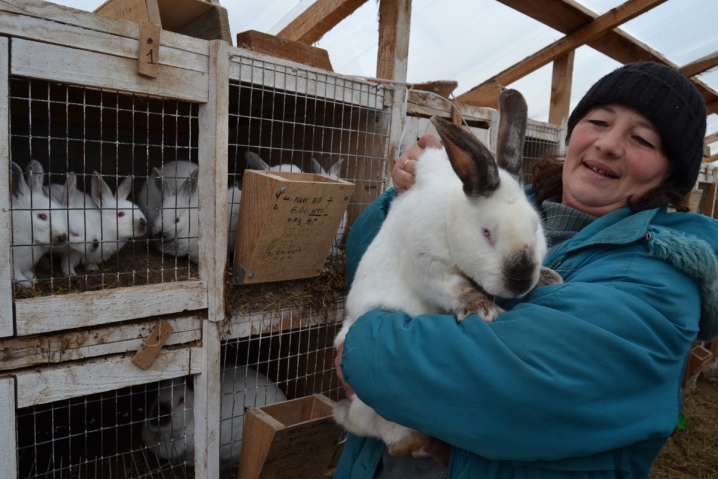
Of the breed advantages, rapid growth is more often noted, and of the shortcomings, a tendency to infectious diseases. The latter aspect is eliminated by adding antiseptics like potassium permanganate to the water, as well as timely cleaning in the cells. According to farmers, vaccination of individuals is mandatory for inbreeding. But even if the terms of vaccines are observed, such individuals are smaller than relatives and still often get sick.
Many experts do not allow this approach to breeding at all for any farm.
Breeders note the good meatiness of Californians. When fattening, mixtures of compound feed with the obligatory inclusion of vegetables and crackers are desirable. The last ingredient serves as a good source of carbohydrates, promotes weight gain. In the diet of Californians, many use not only grains and vegetables, but also hay, as well as meadow grasses.

Private traders note the opportunity to keep the breed seasonally. For example, in the absence of winter roads, individuals are acquired only for the summer, and then, by winter, the livestock is completely removed for meat, which is enough to provide for a small family. As a result of this management, efforts to raise rabbits in winter are reduced, but the cost of acquiring new individuals in the next season increases.
The breed is also chosen as pets, as they impress with the beauty of the color, similar to the coloring of the Siamese cat. Rabbit breeders note the good maternal qualities of California females. The offspring grow up healthy, and with good care, there are up to 12 rabbits in the brood.
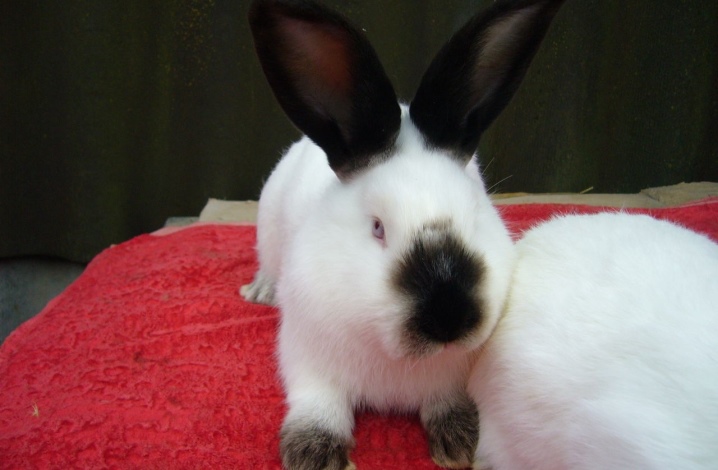
For breeding and mating Californian rabbits, see the video below.
